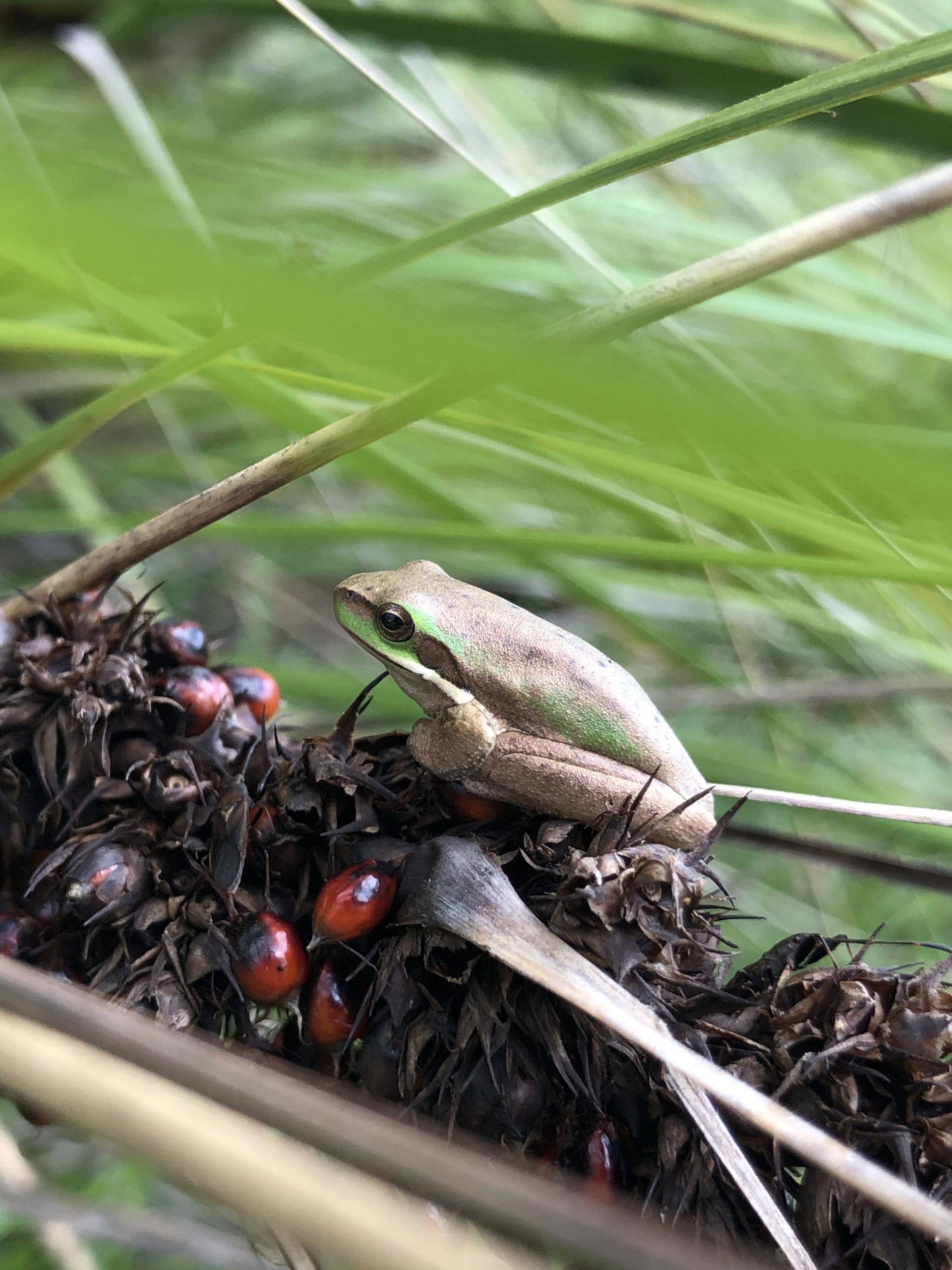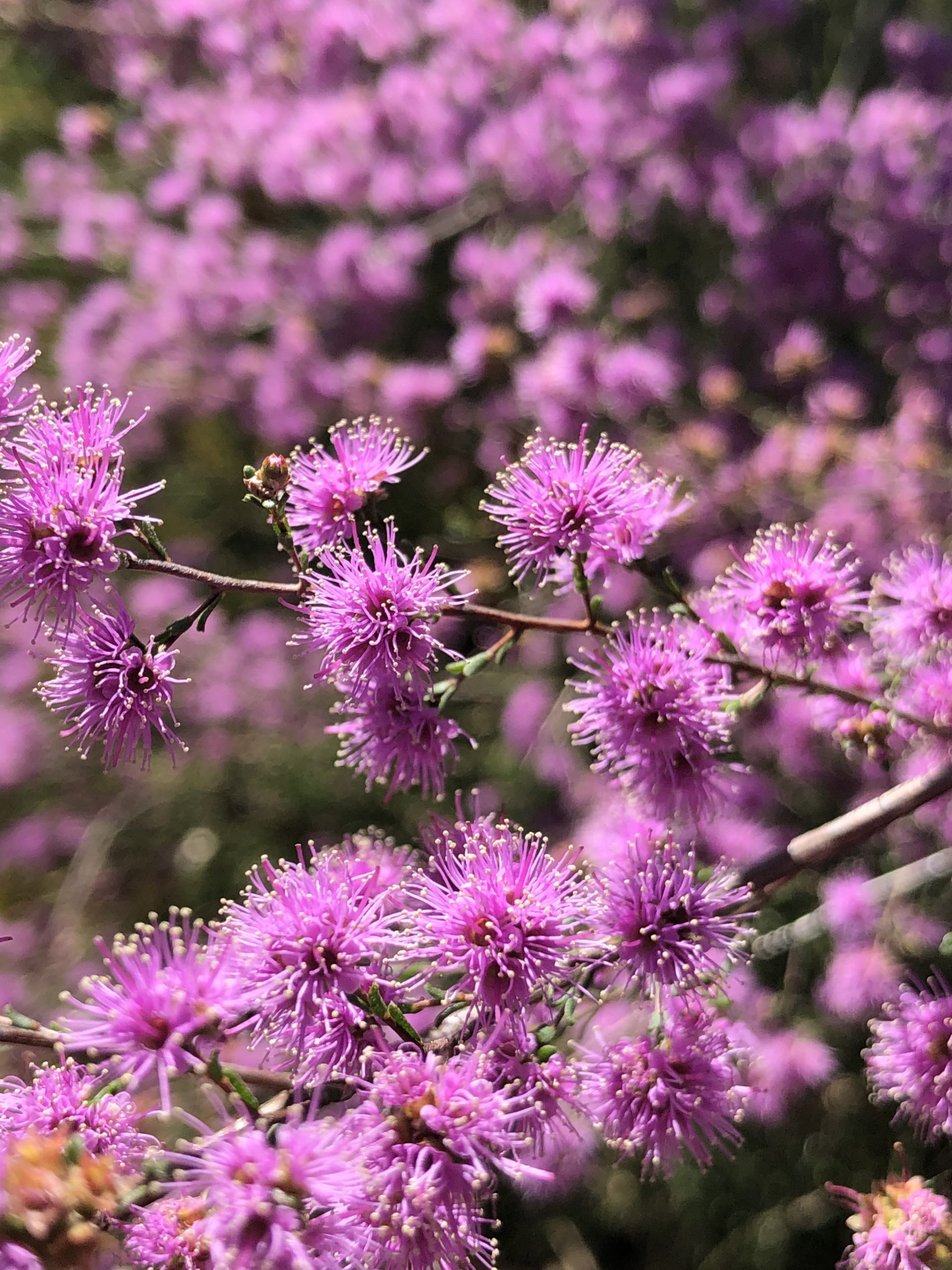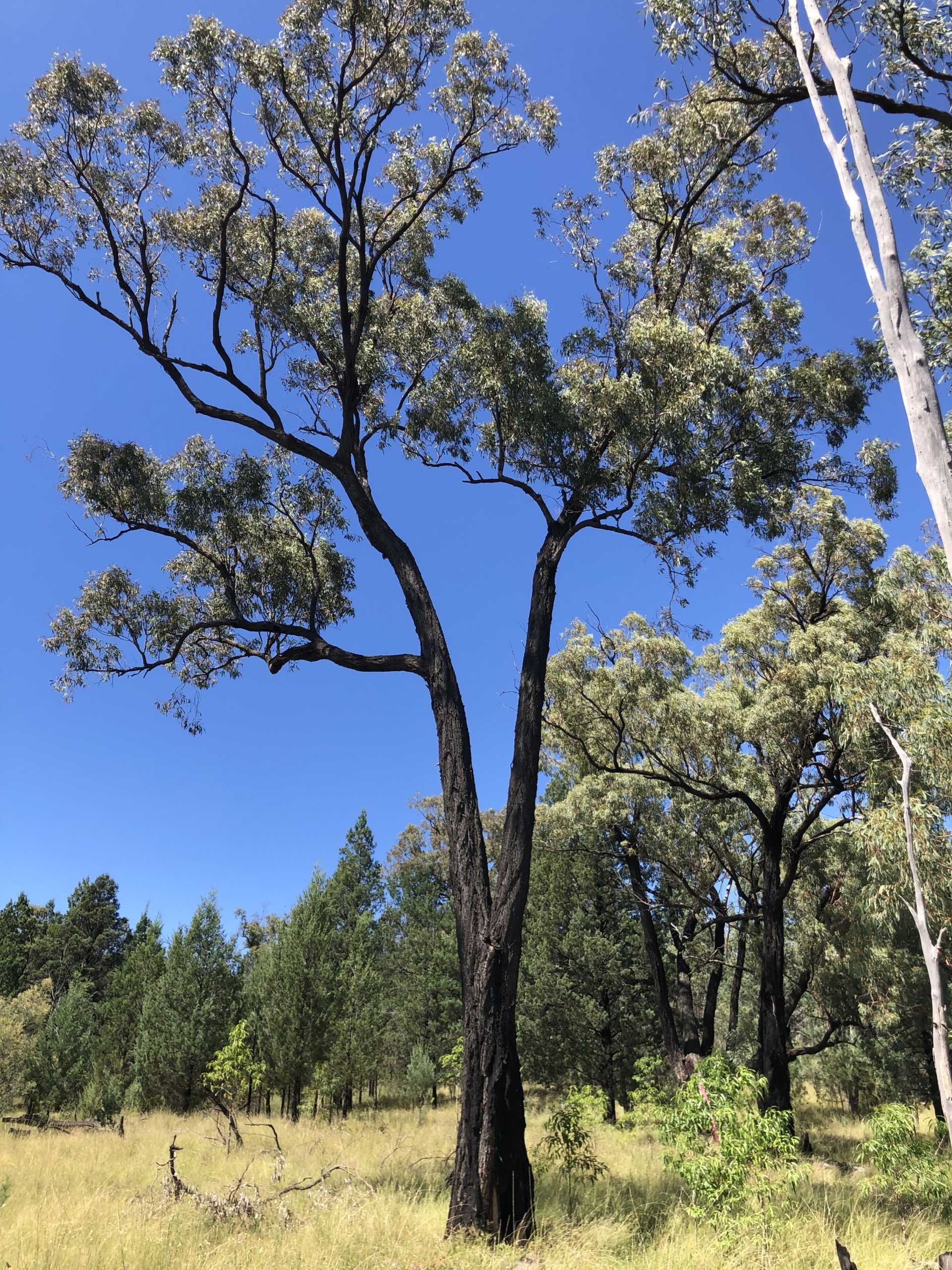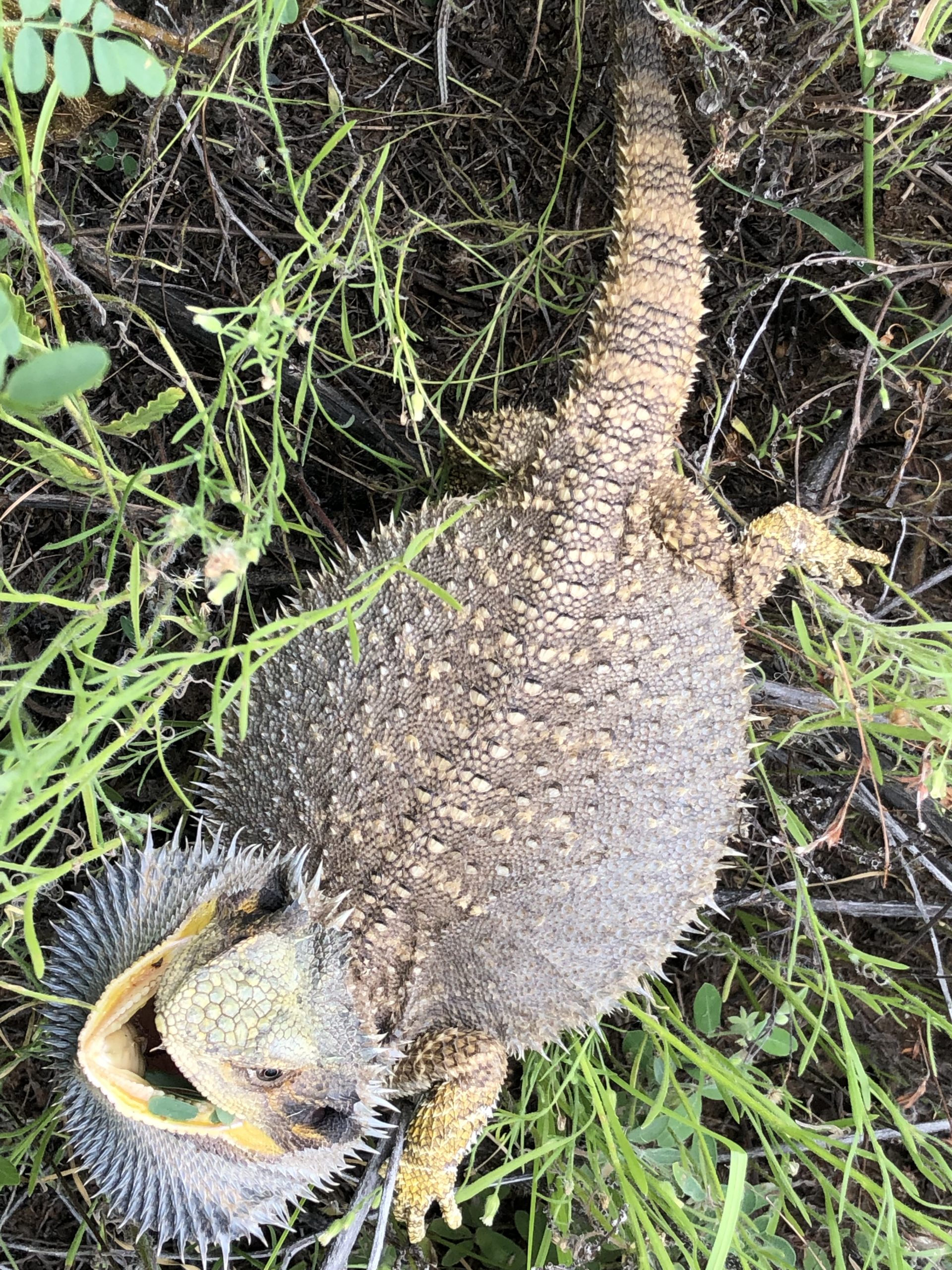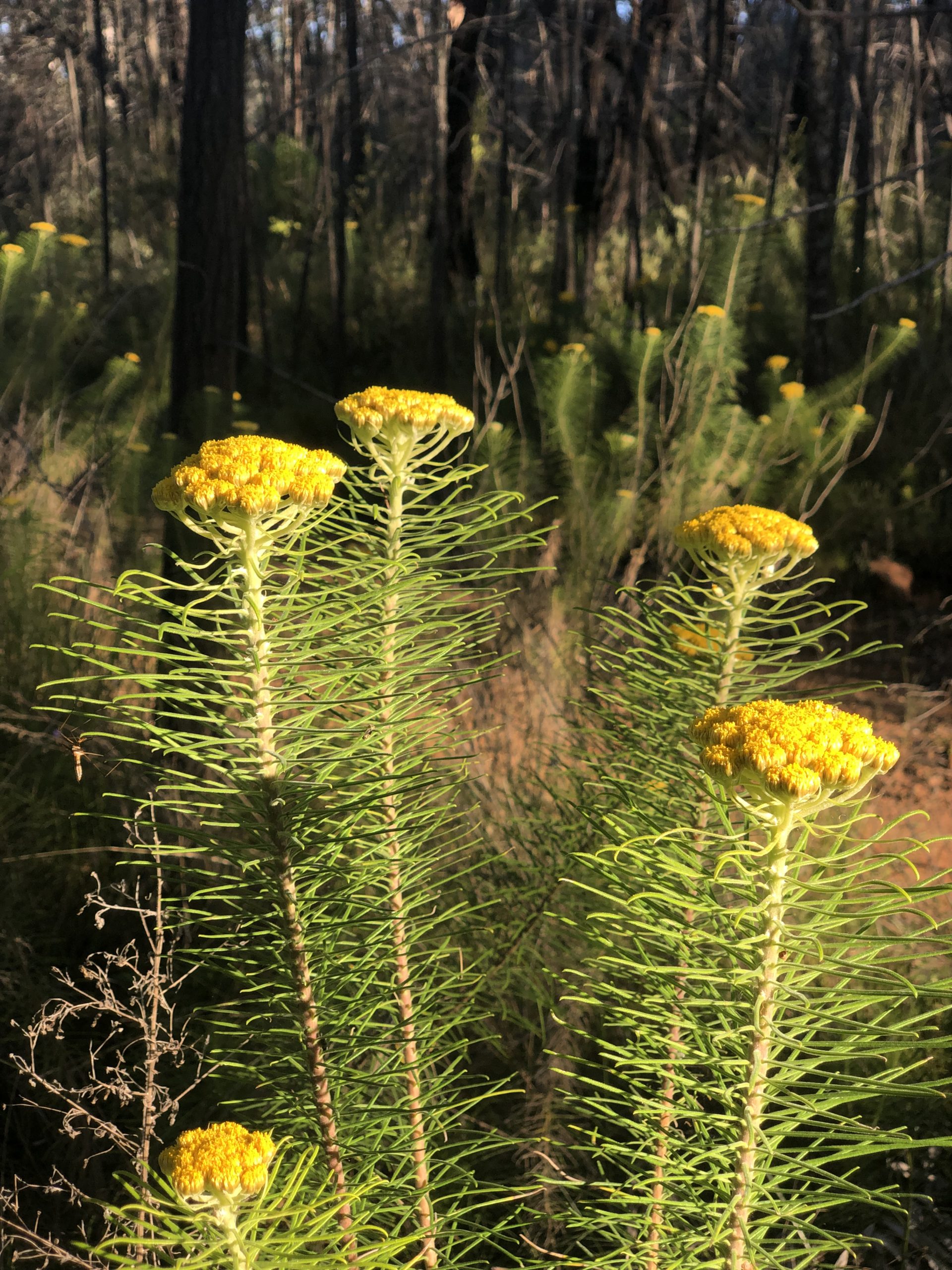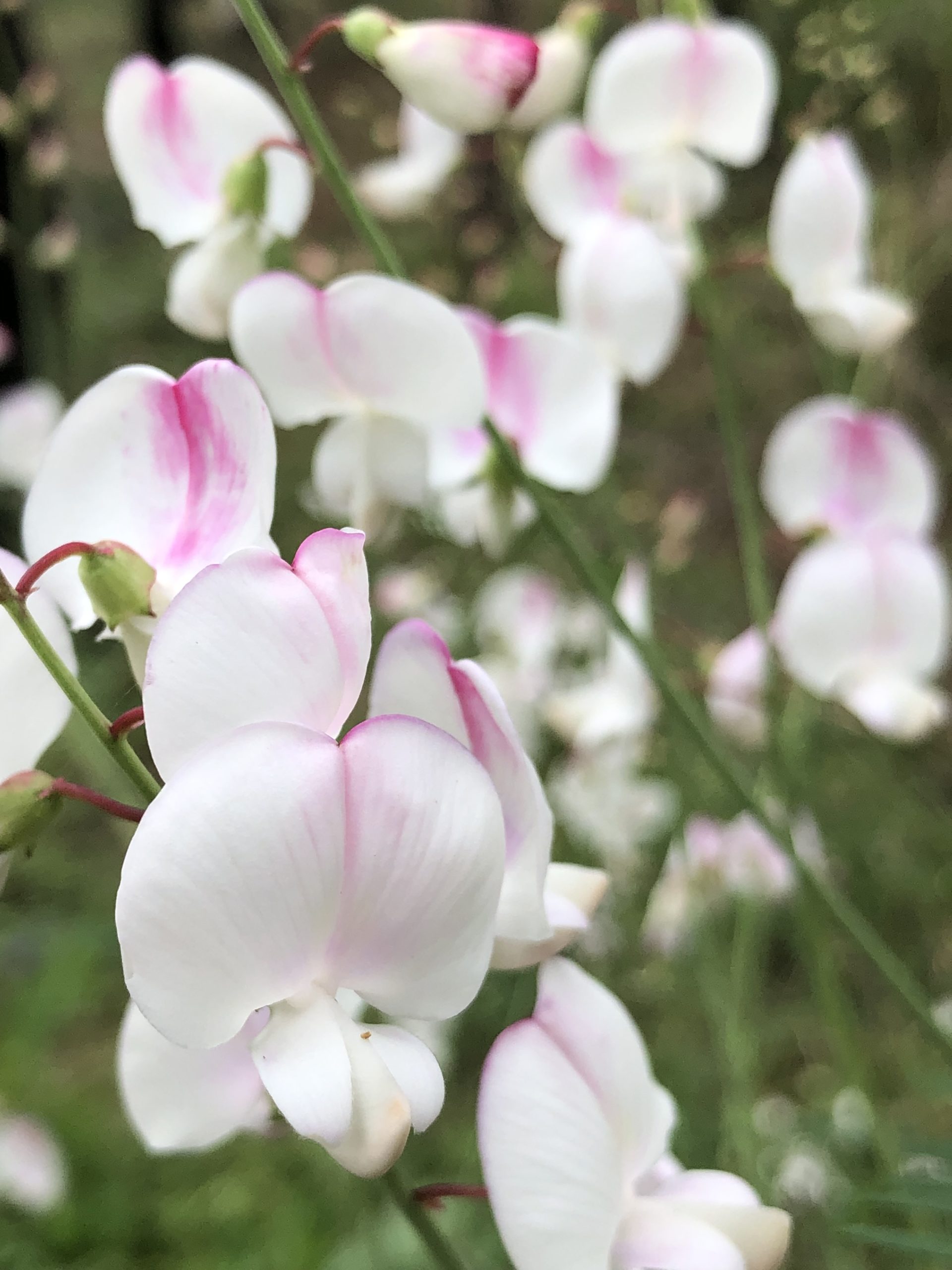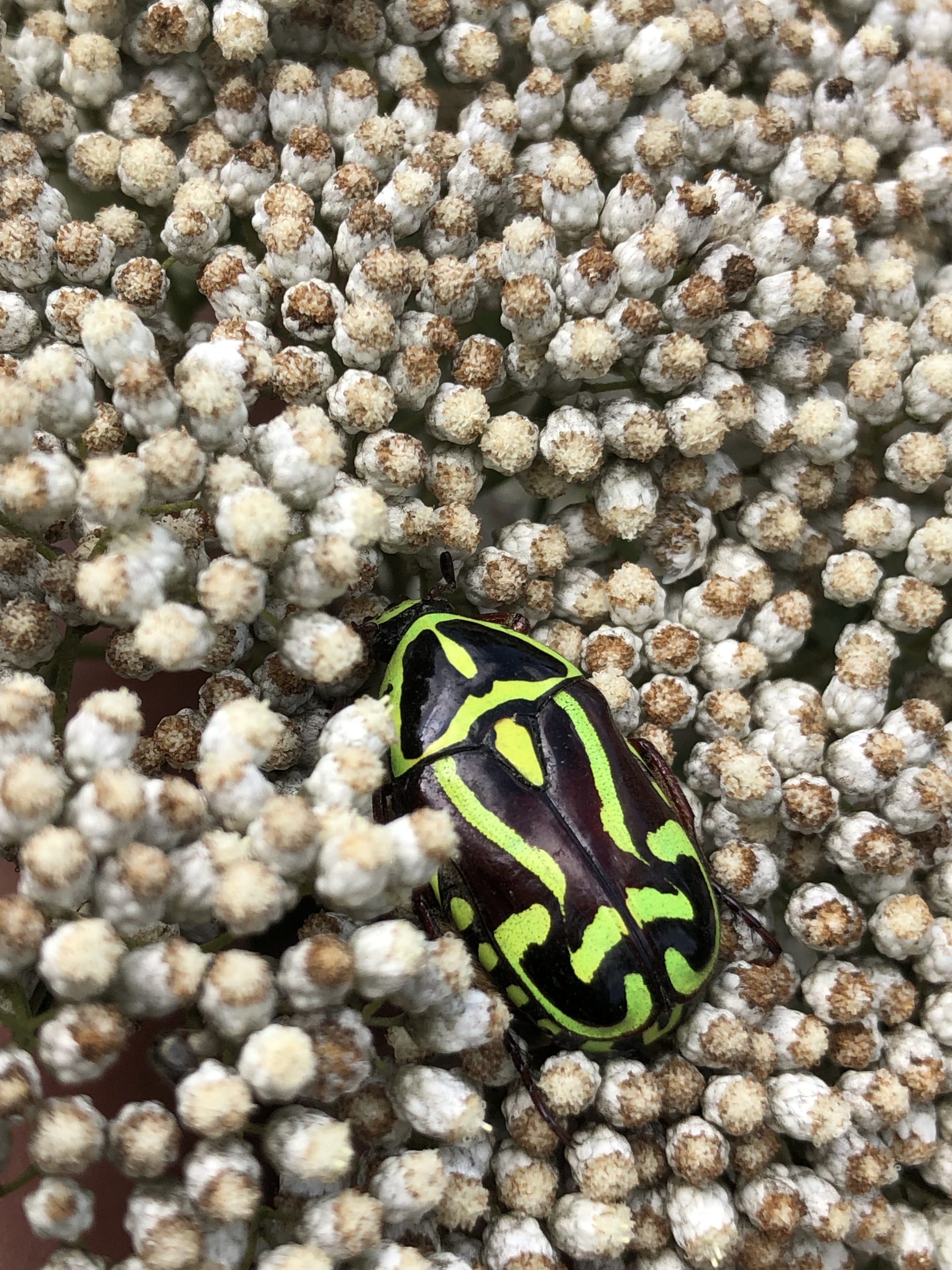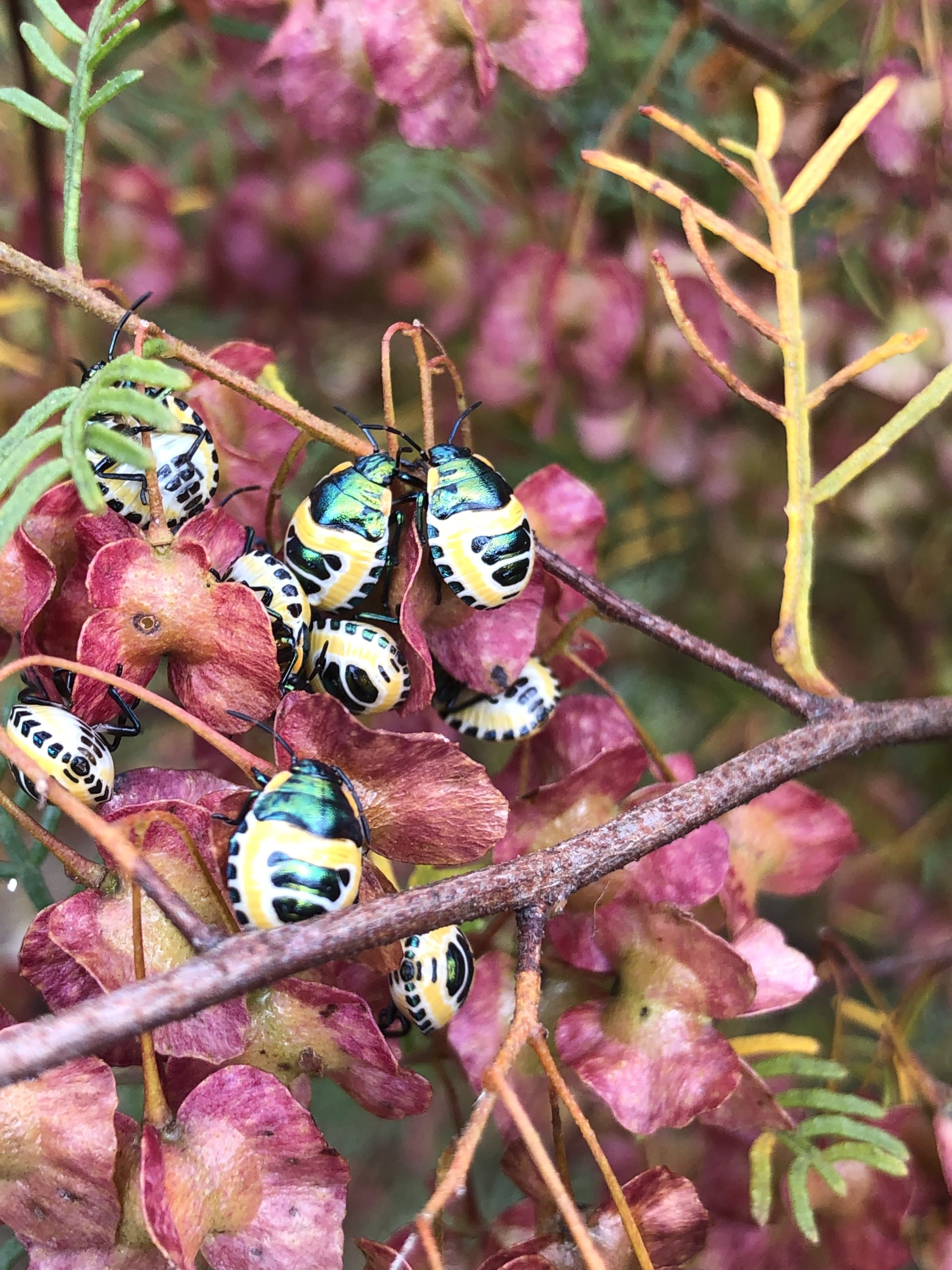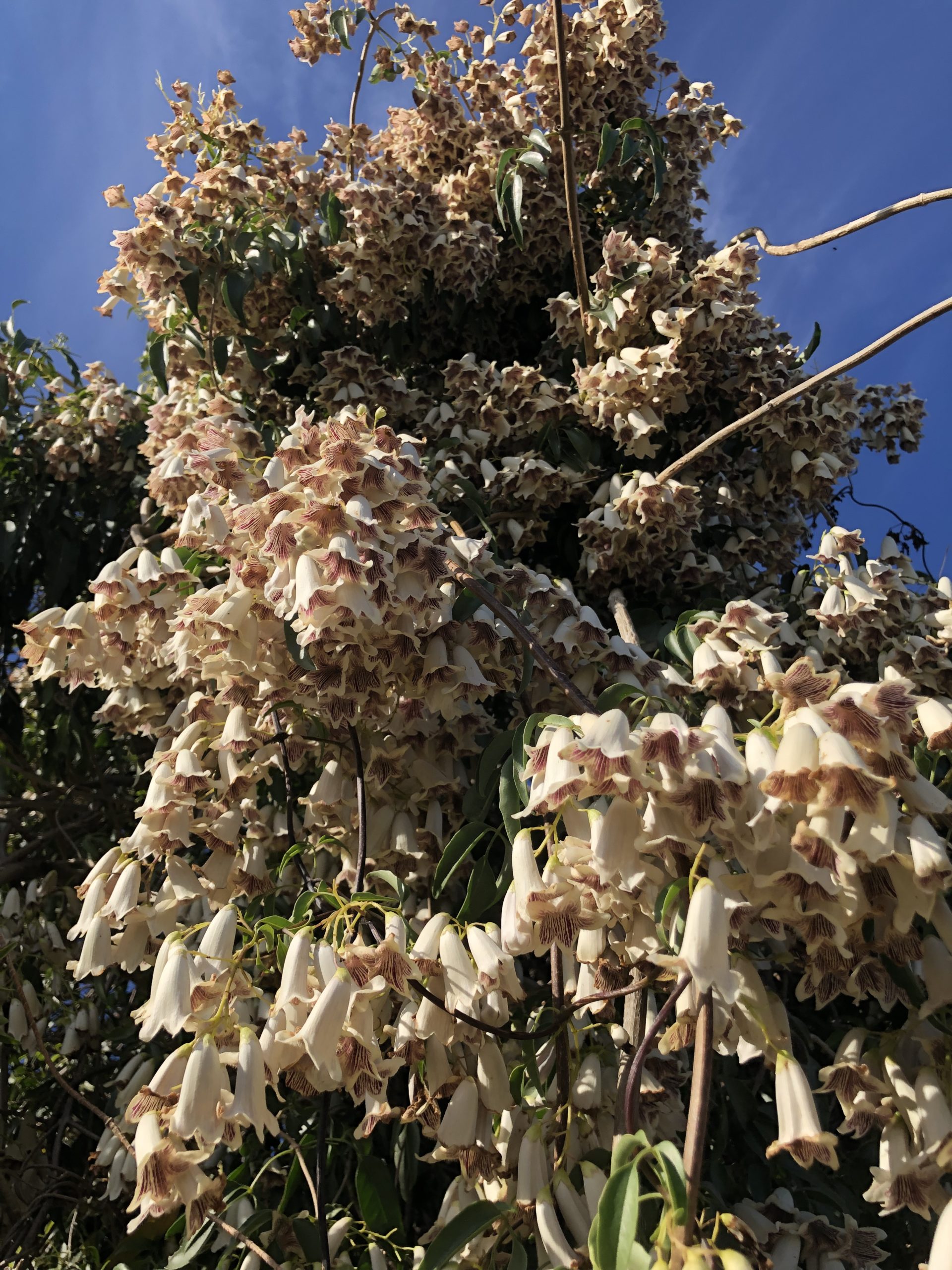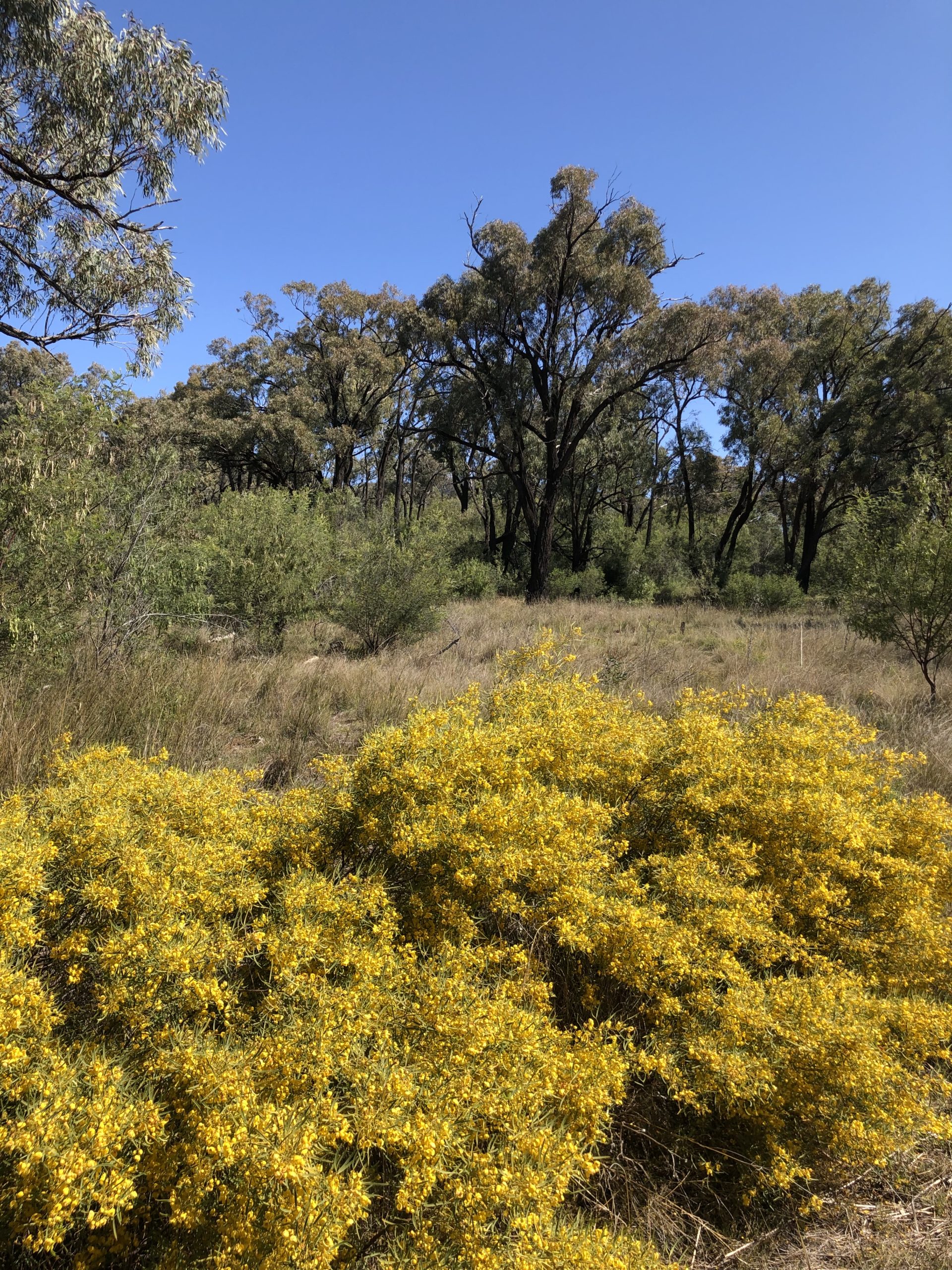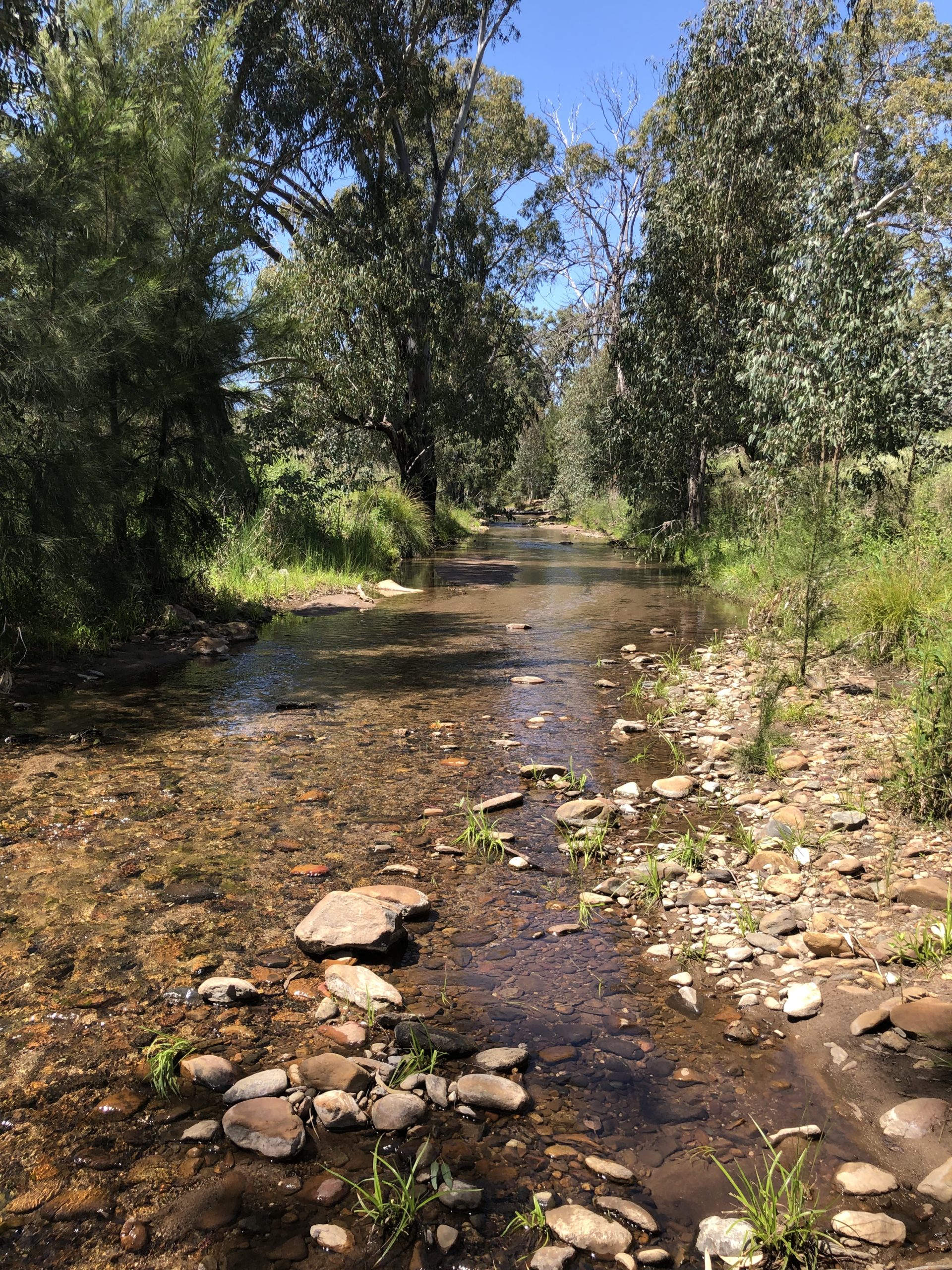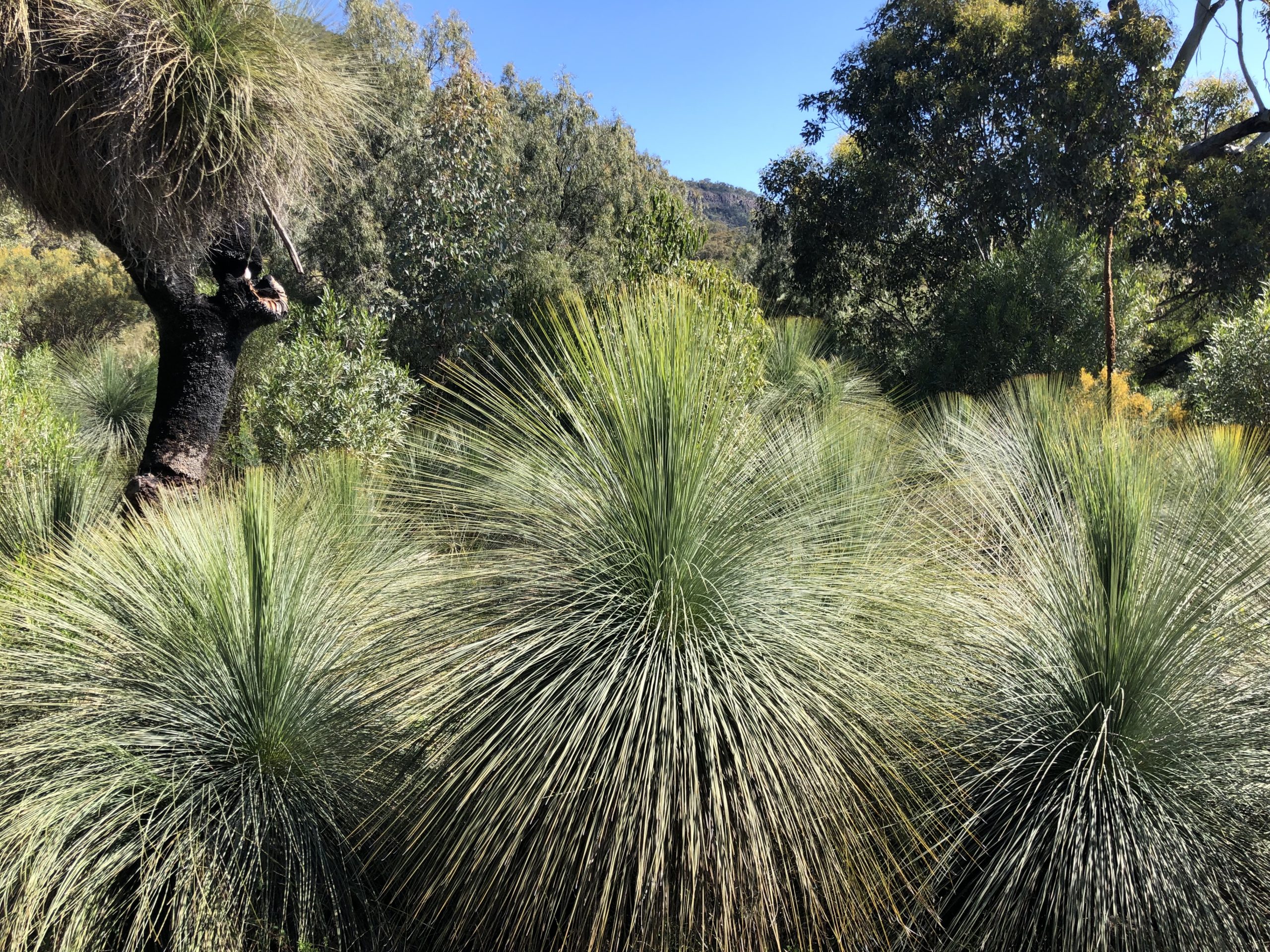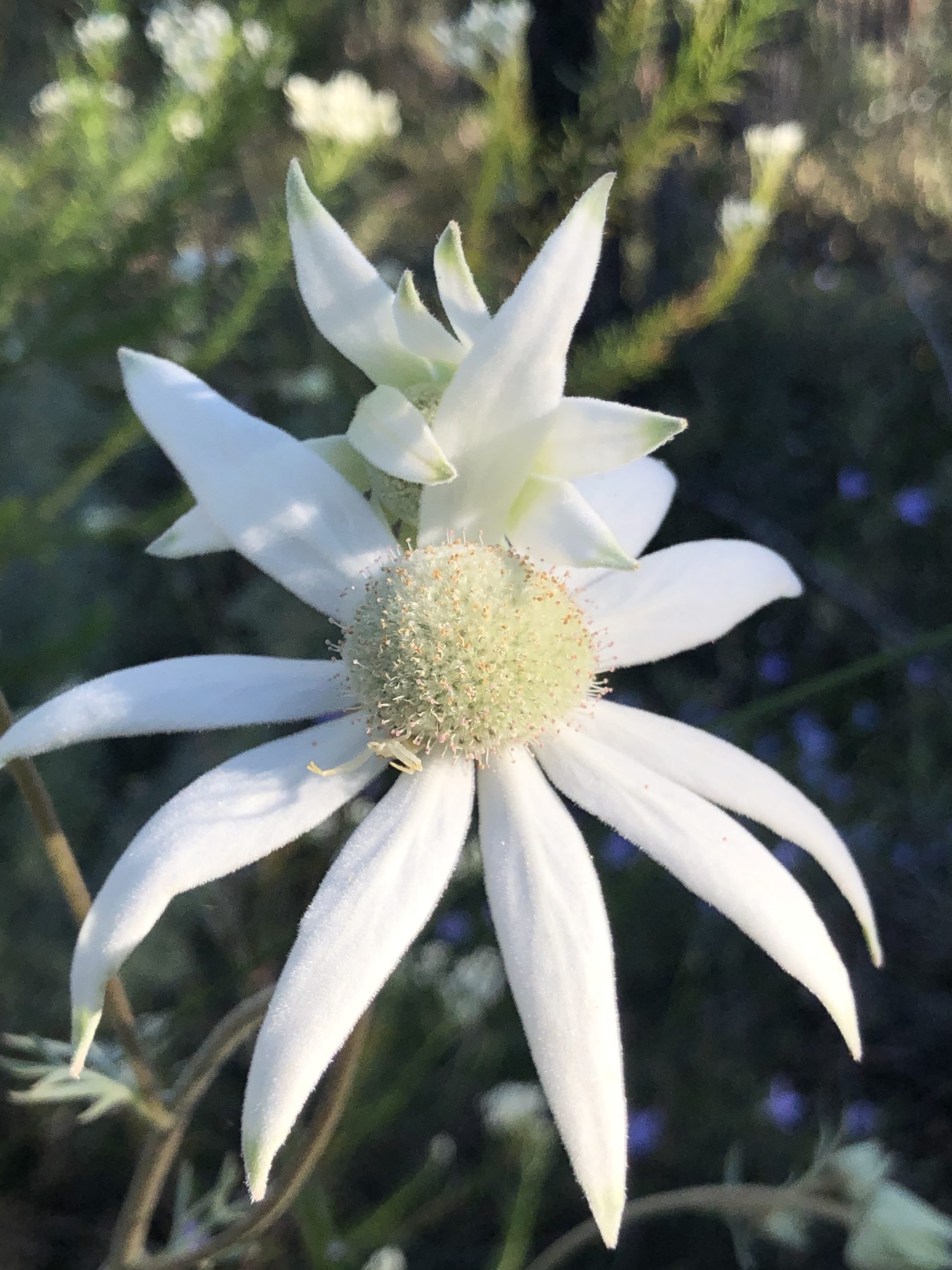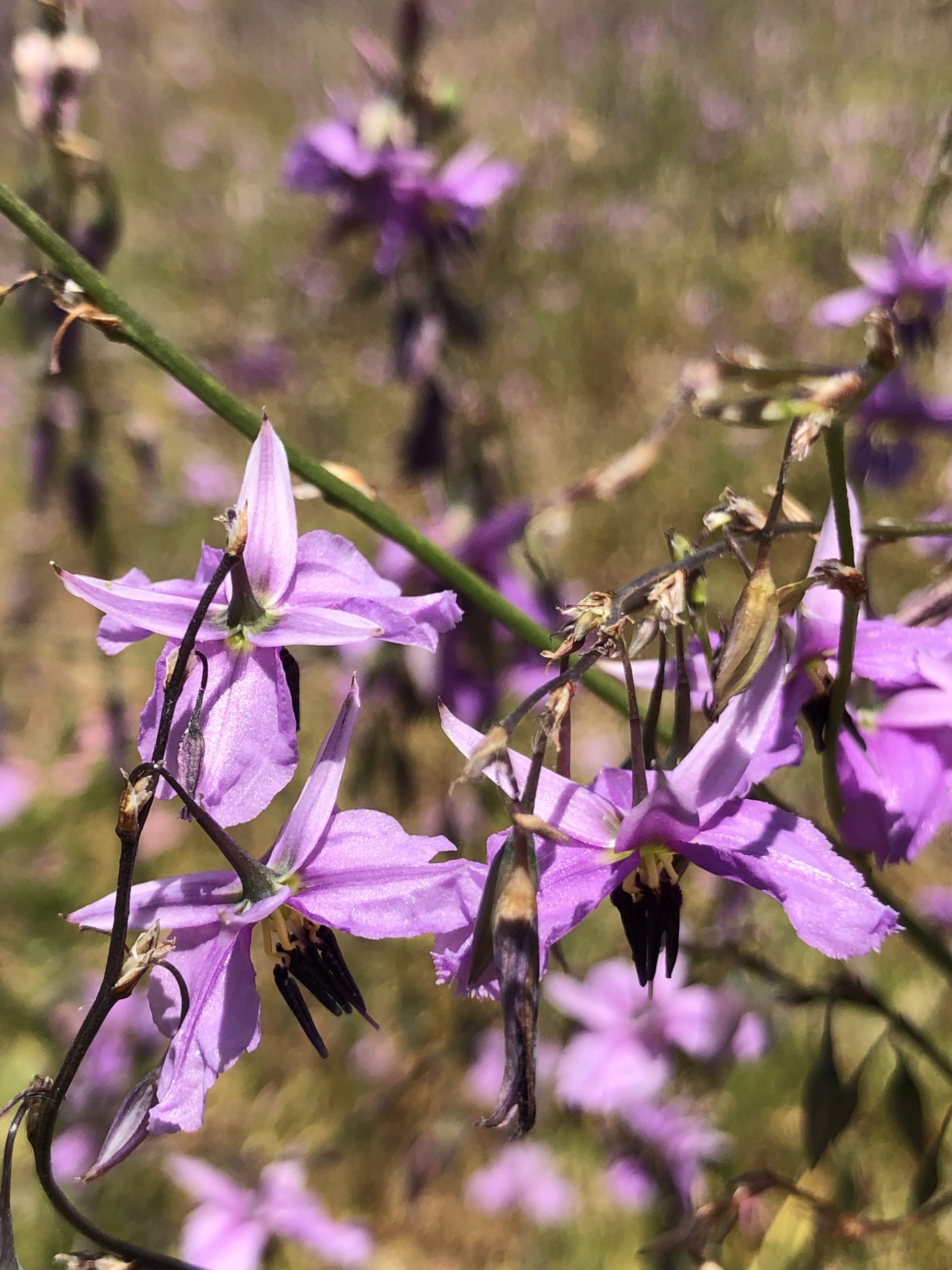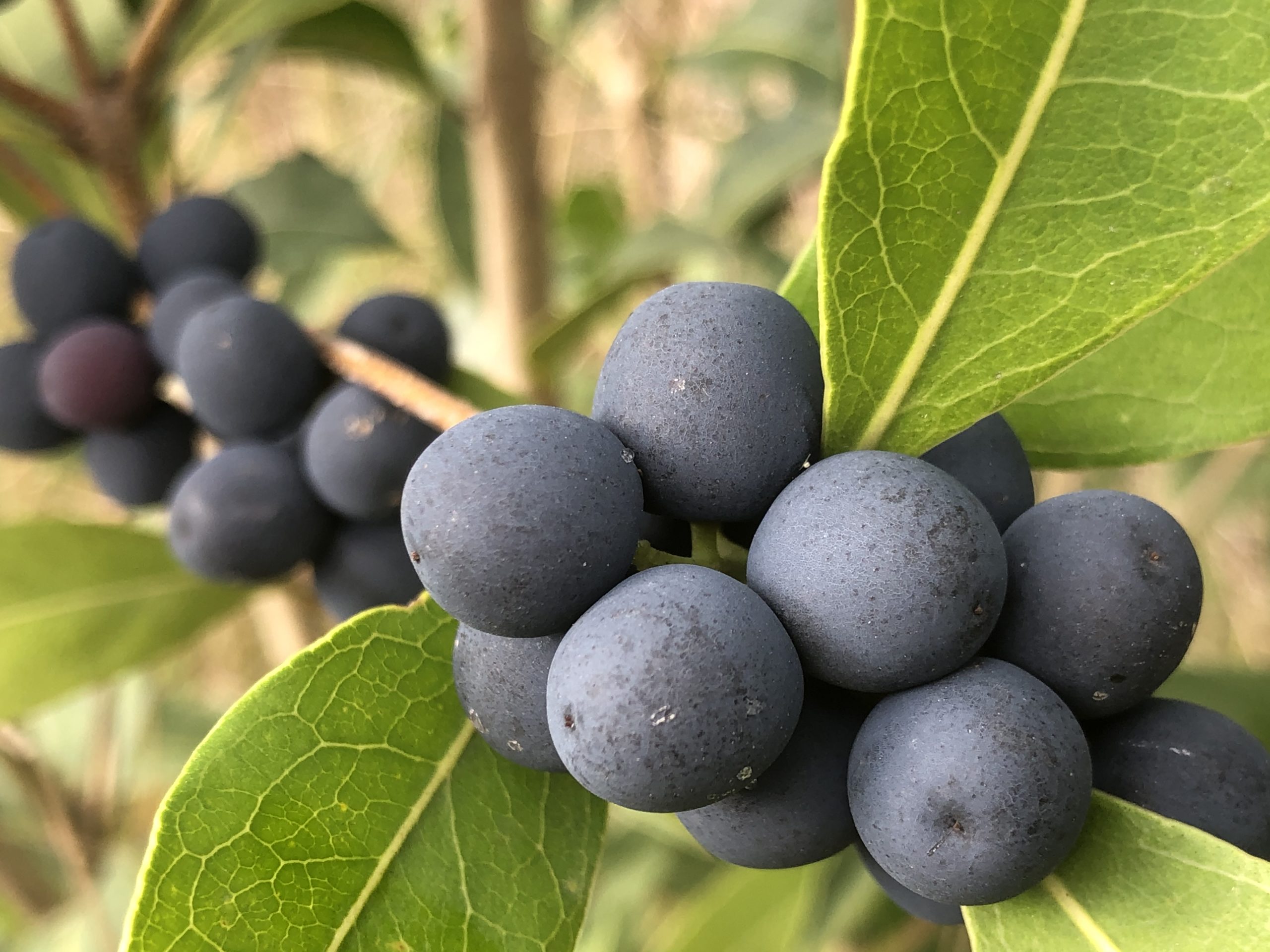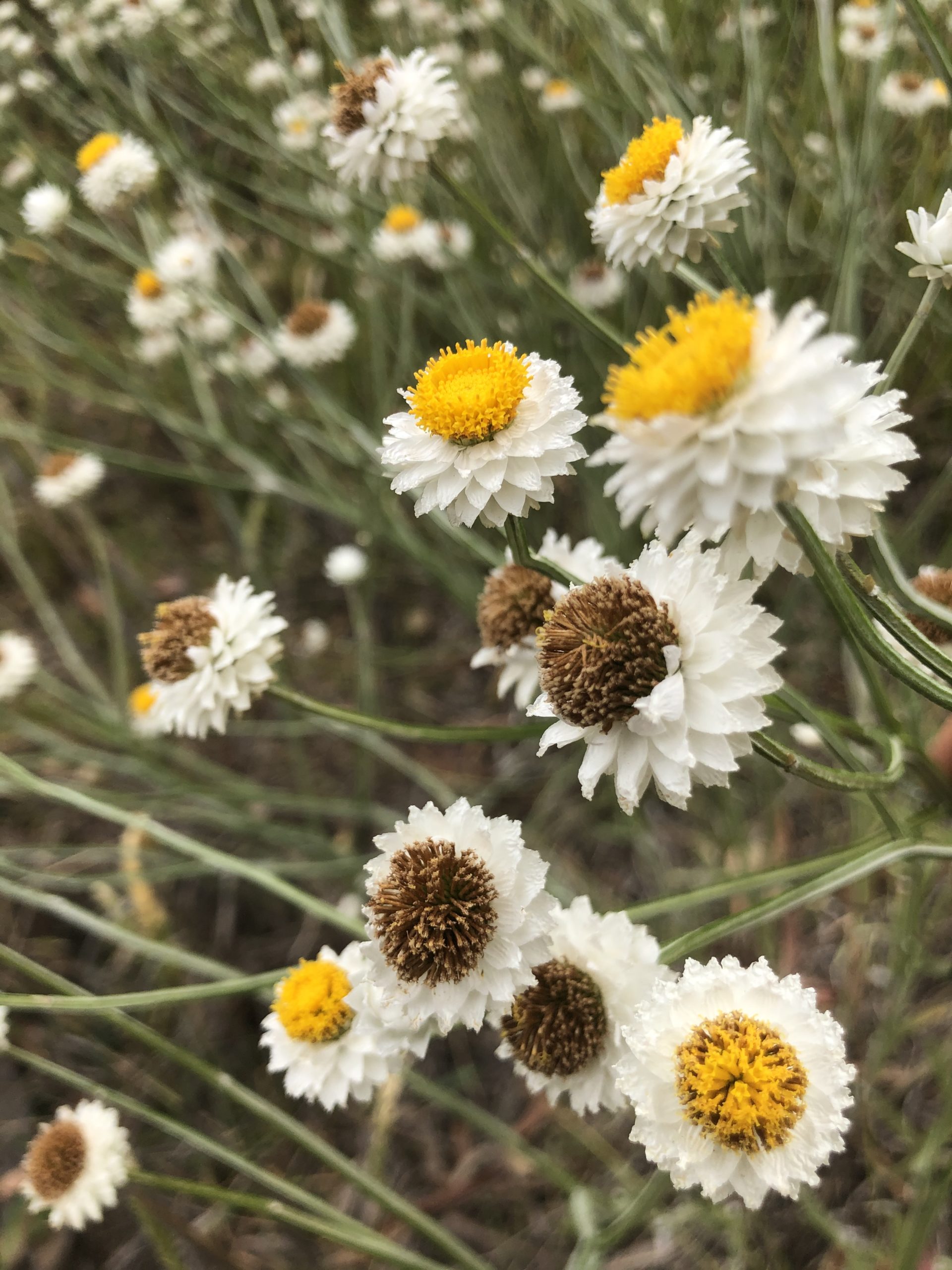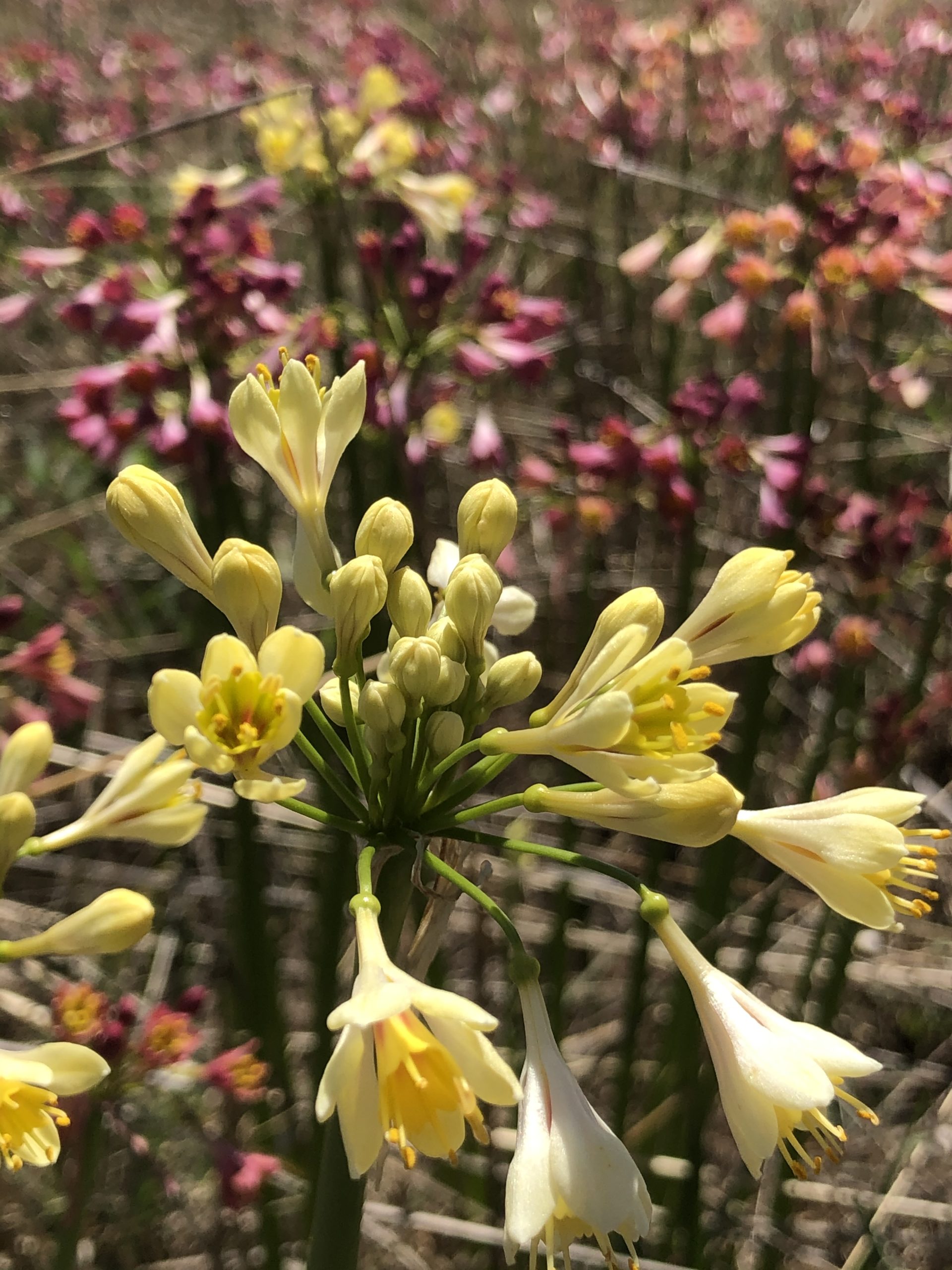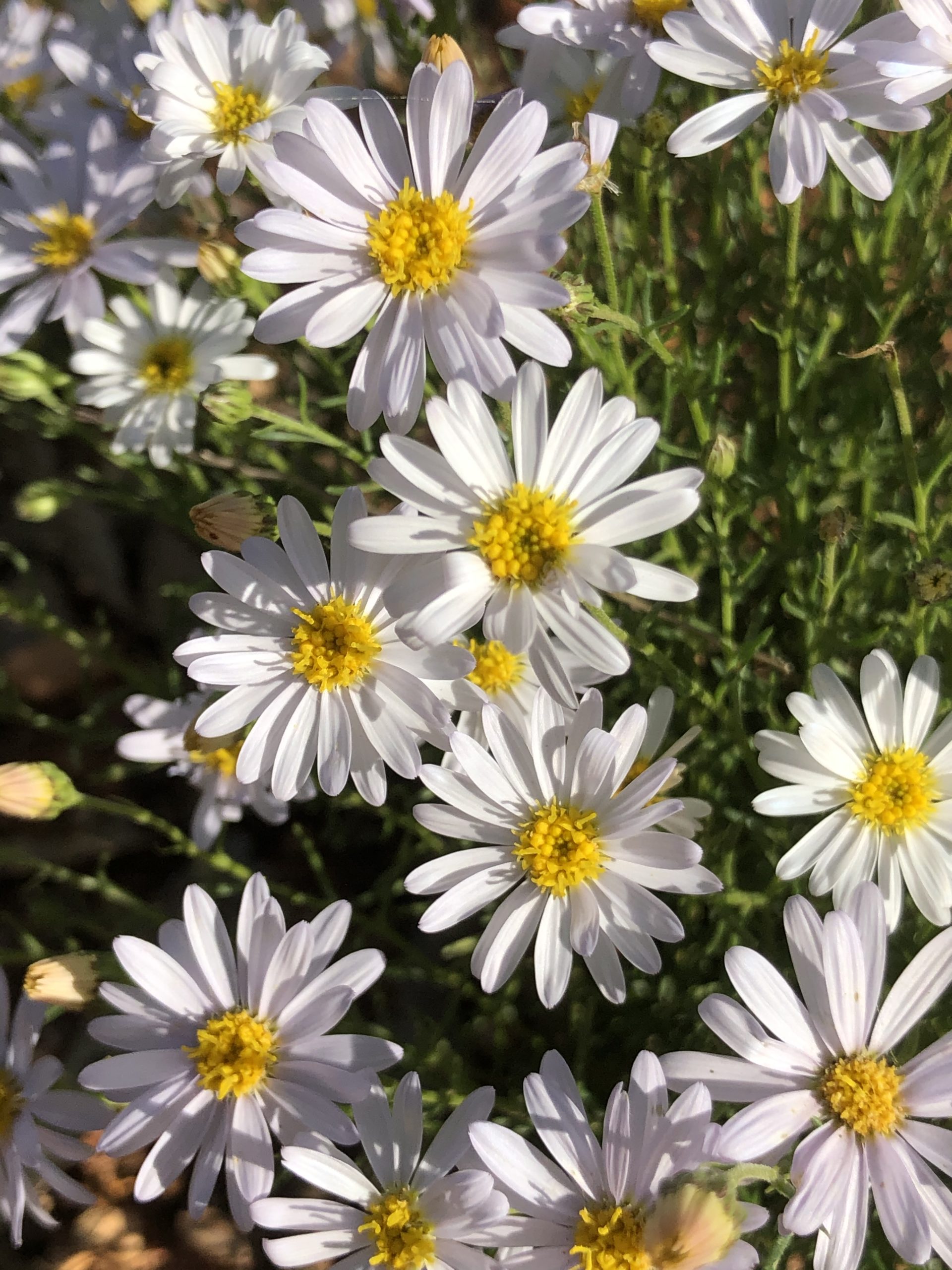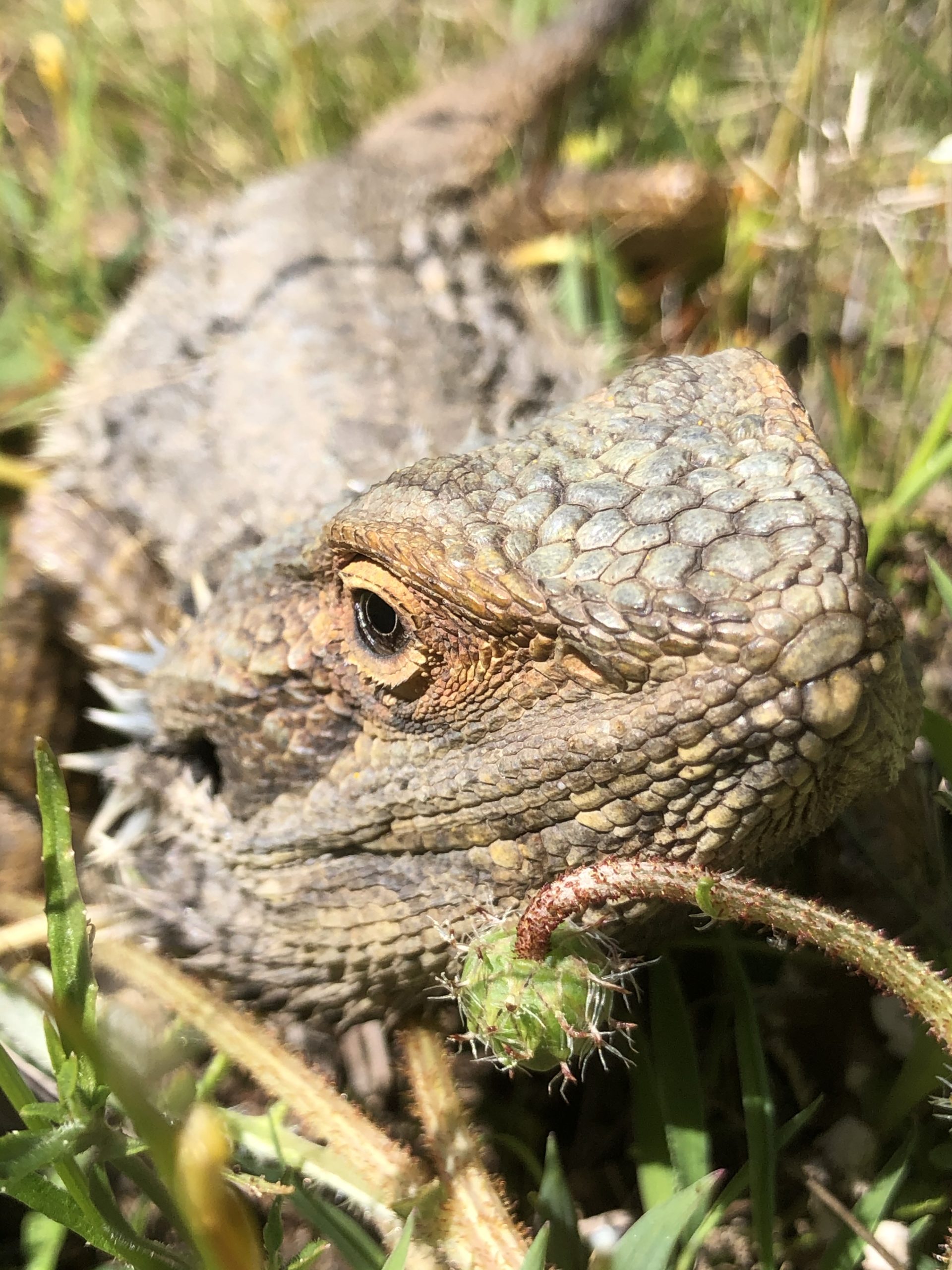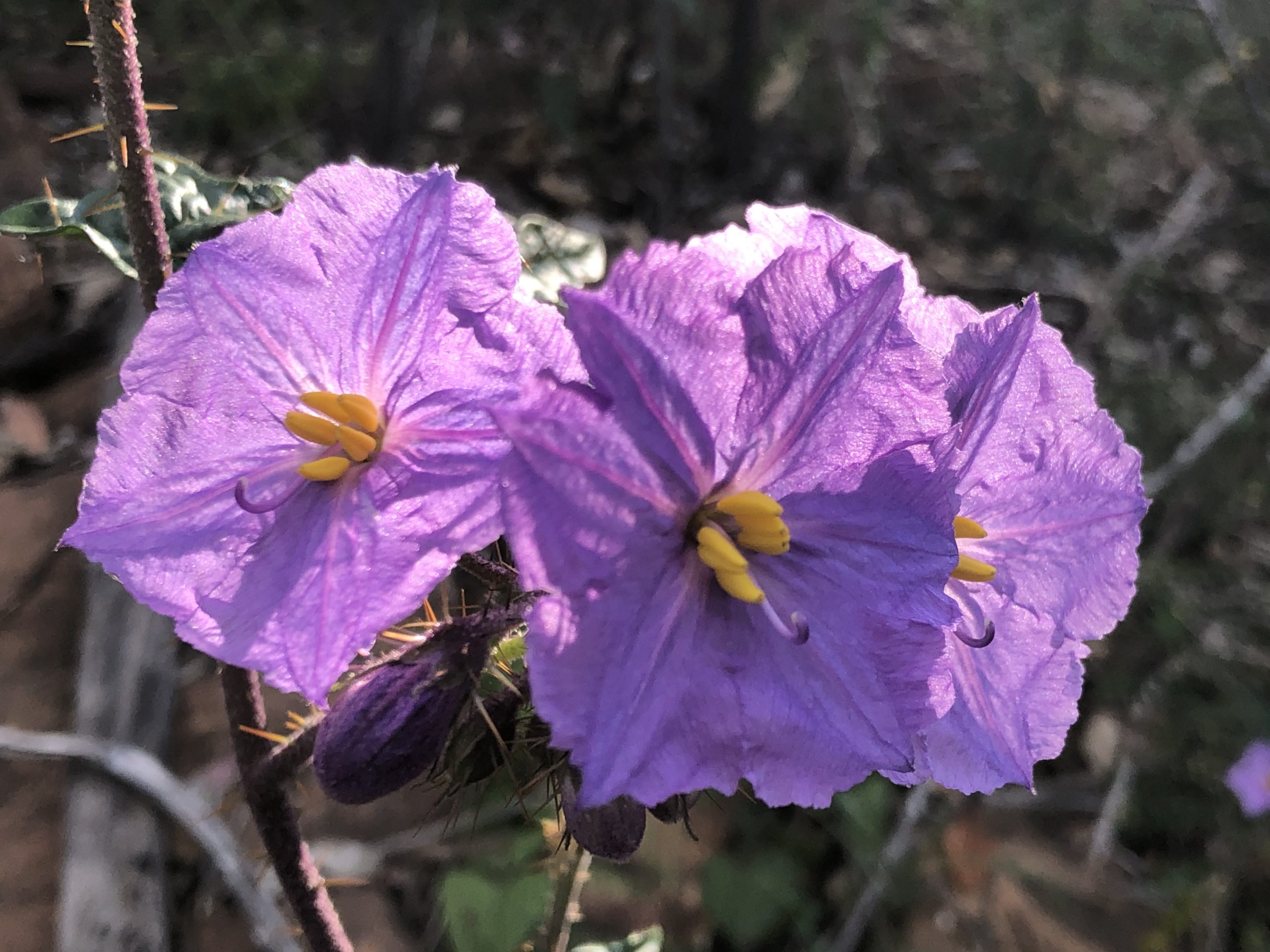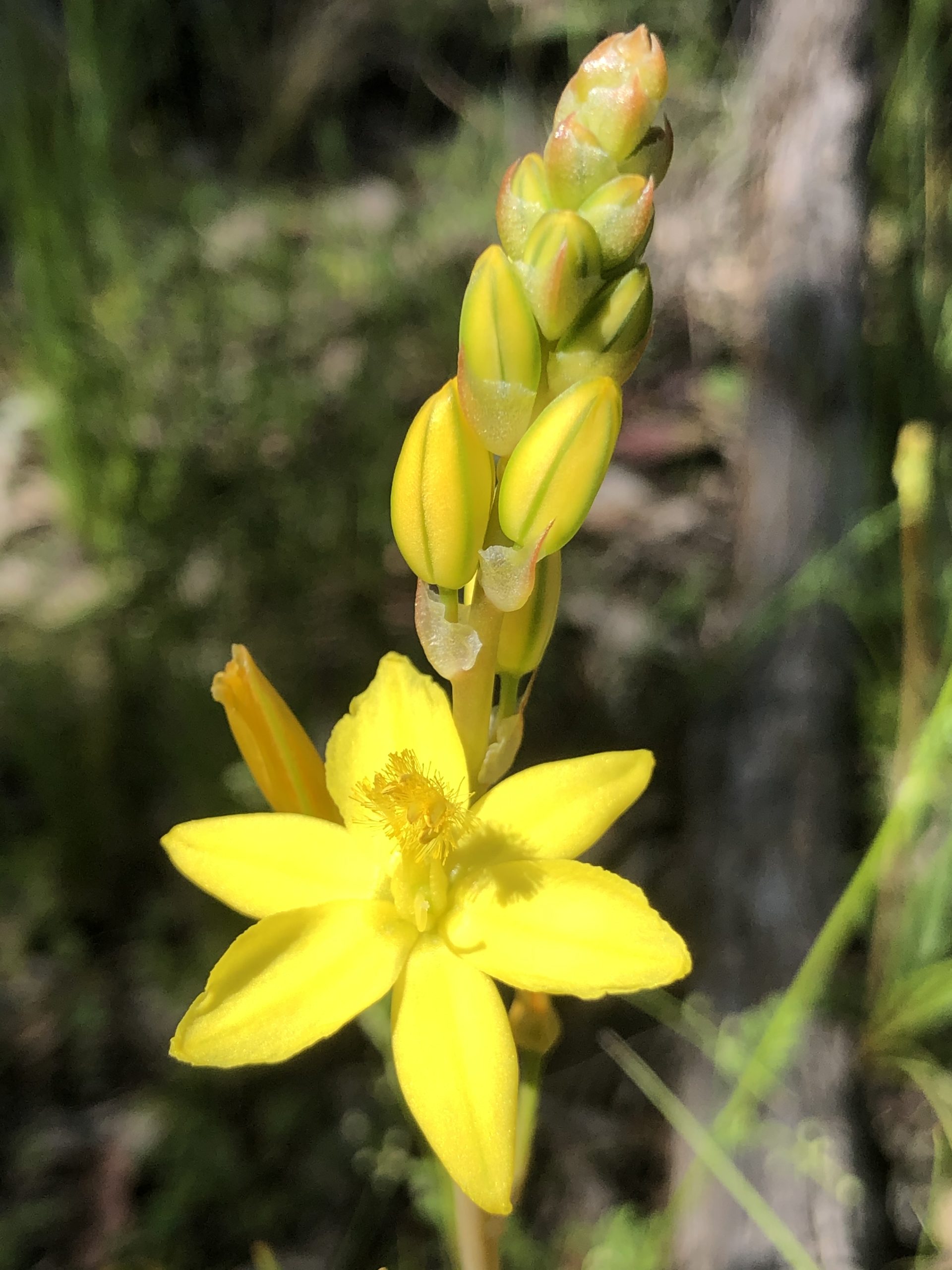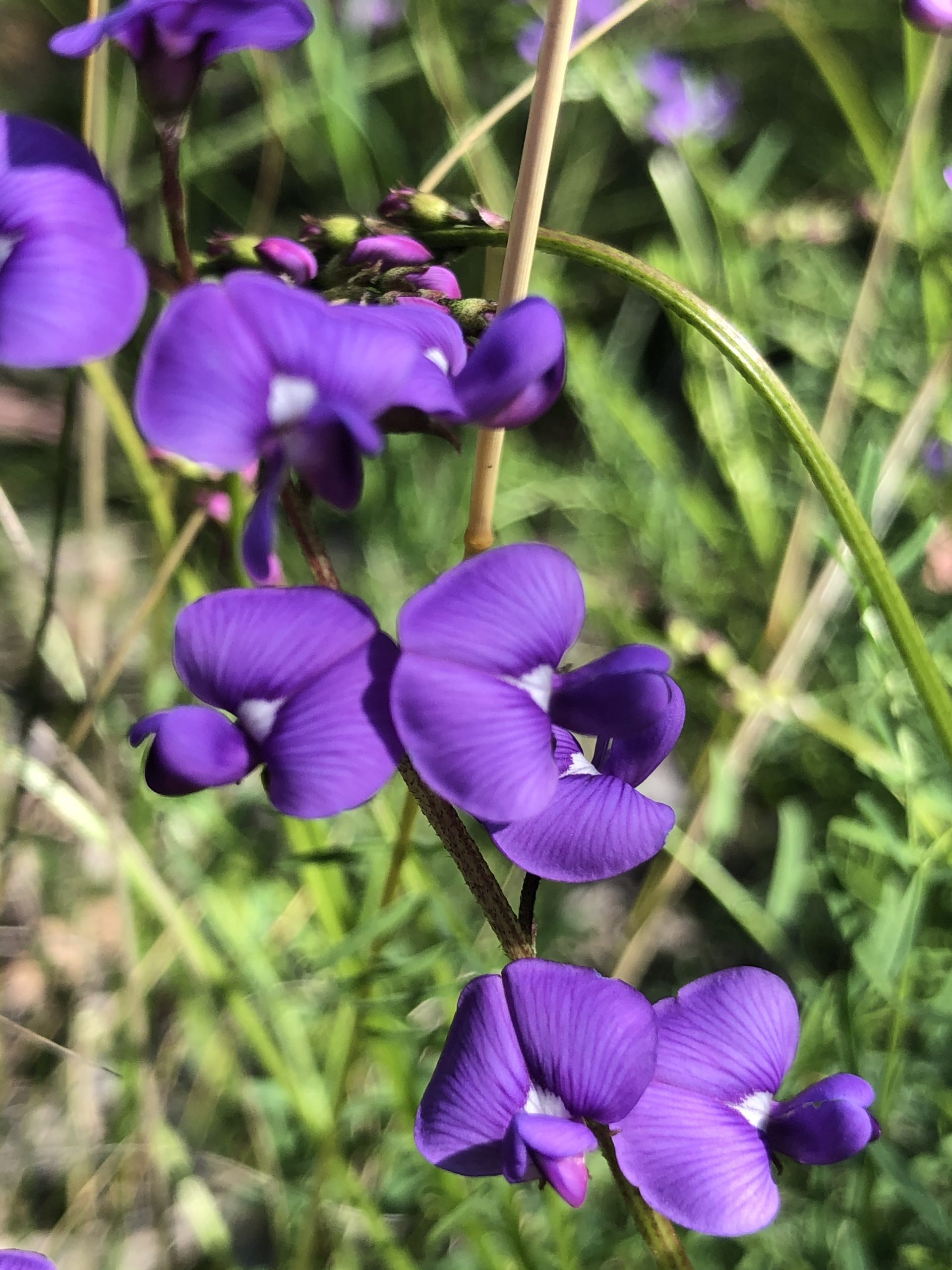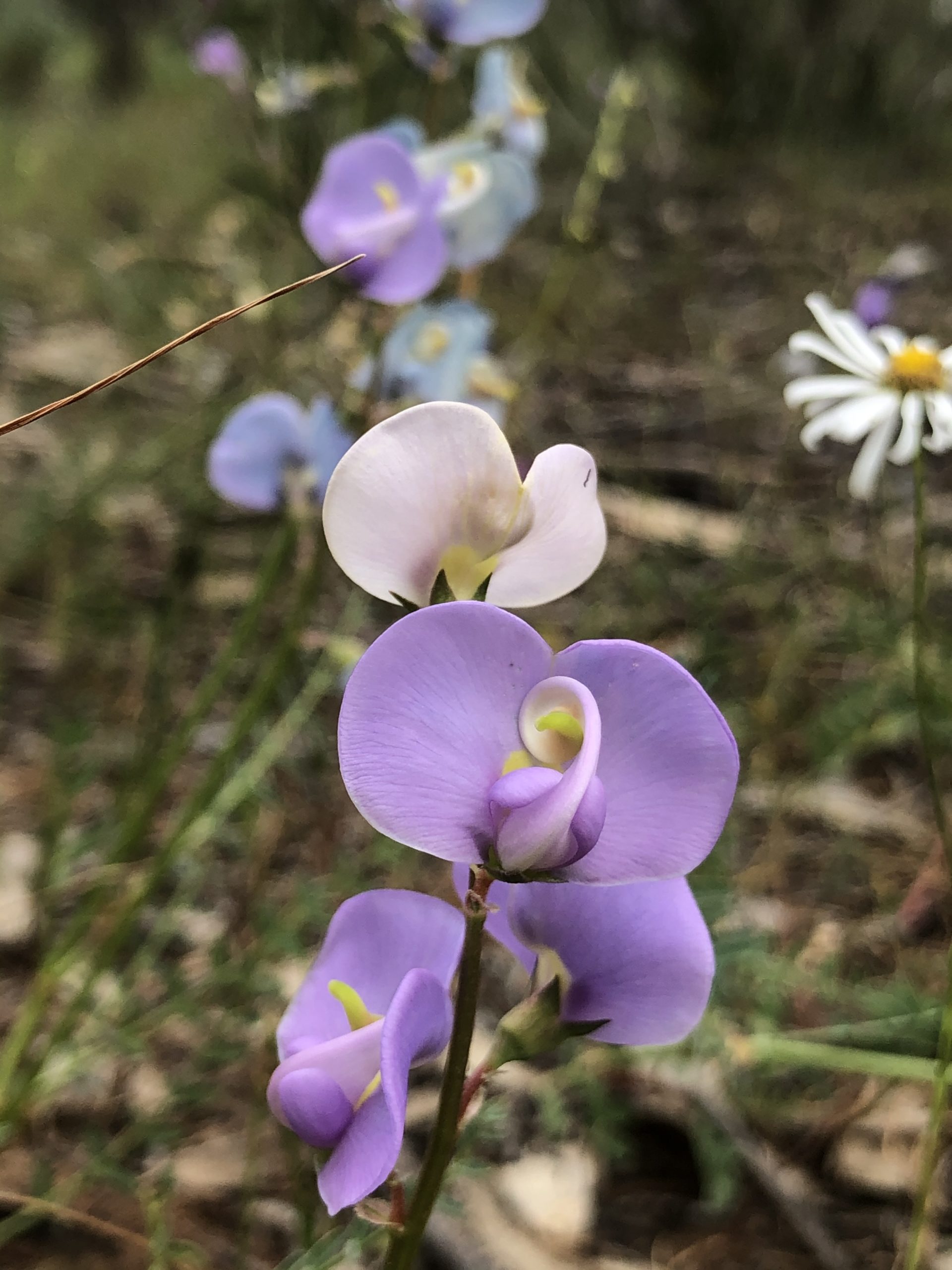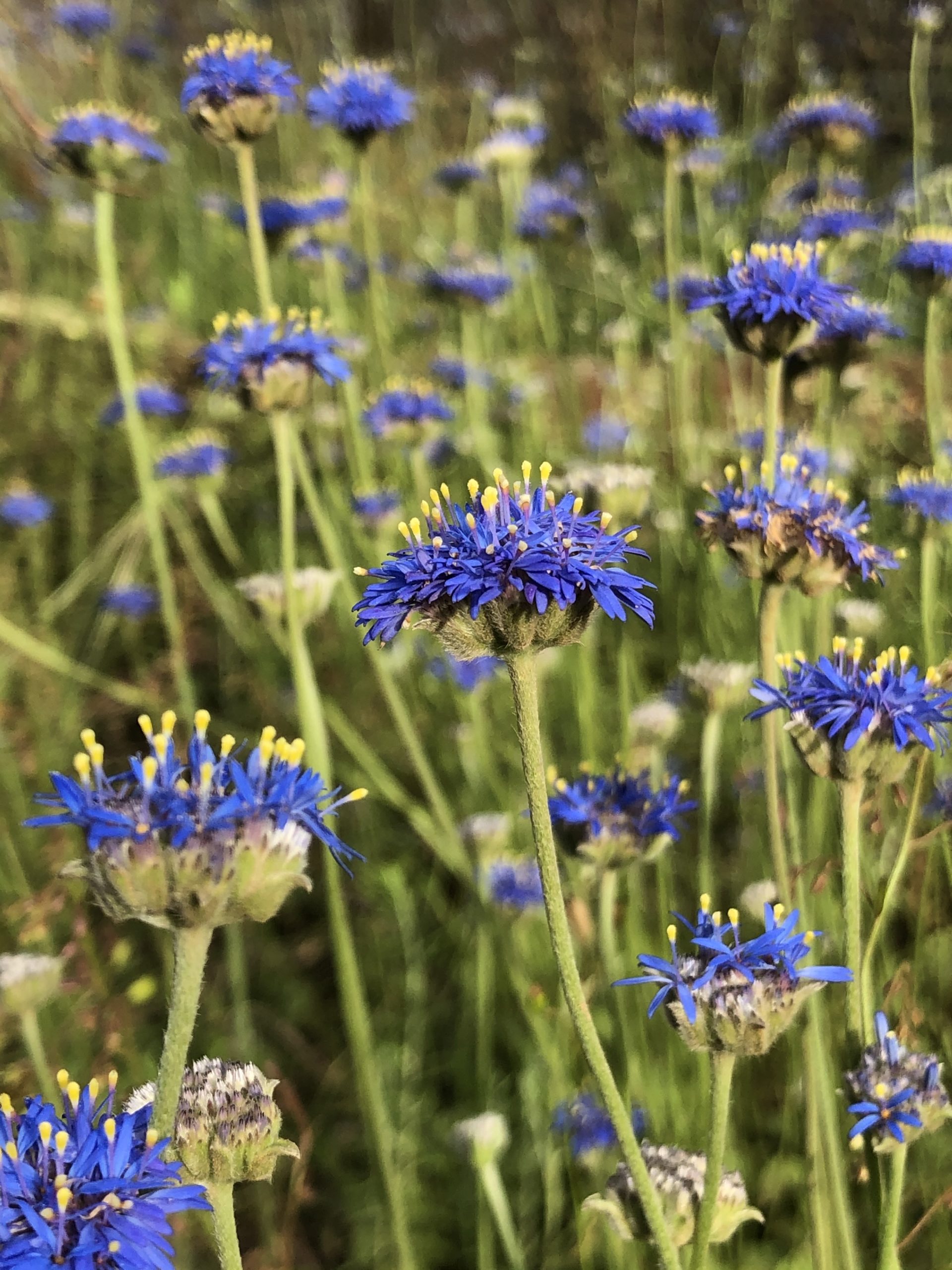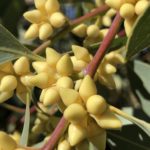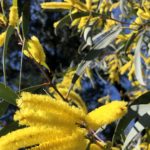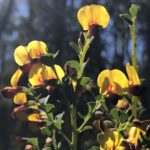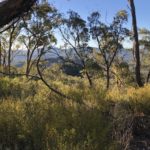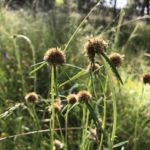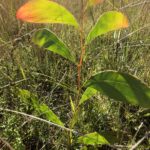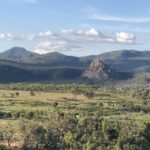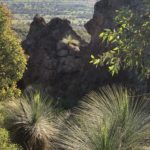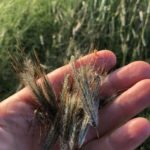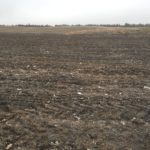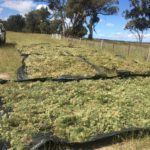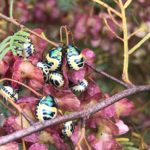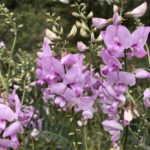Plant Community Diversity
Government regulators stipulate the types and standards of post-mining rehabilitation. In some cases, previously mined areas are returned to a pasture system for grazing. However, in most cases, the goal of post mining restoration is to create a specific native vegetation community or ecosystem, or at the very least create a functionally stable community using locally native species. In NSW such ecosystems are referred to as Plant Community Types (PCTs) or Ecological Communities (ECs), while in Queensland they are referred to as Regional Ecosystems (REs).
DNS has a deep knowledge and understanding of the different communities of significance in mining regions, as well as their component species, structure and ecological functions. We focus our seed harvest efforts on the plants that make up these communities so that mining customers have the seed needed to meet restoration goals. Restoring specific ecosystems requires complex seed mixes containing the right balance in terms of structure (overstorey vs understorey) and ecological function (for example short-lived primary colonisers vs long lived species). High quality restoration maximises ecosystem services (e.g. soil stability, water quality, carbon capture) as well as habitat value for native fauna, and this is what drives DNS to achieve excellence in what it does.
It is worth noting that given the presence of mine spoil, the issues associated with removal and storage of topsoil and the presence of weed seedbanks, mine site rehabilitation is conducted on substrates that are often more hostile to plant growth than the original undisturbed native topsoil. As a result while targeting specific community types is a worthwhile goal and excellent starting point, some flexibility in utilising local native species from other community types (and with better tolerance of hostile conditions) is often a good strategy.
New South Wales
In NSW most of our customers are located in three main regions: The Hunter Valley, the Liverpool Plains and the Central Tablelands. The most important communities in these areas are as follows:
Hunter Valley
This region is dominated by grey box (Eucalyptus moluccana), ironbark (Eucalyptus crebra) and spotted gum (Corymbia maculata) communities. These contain a range of subdominant trees such as Eucalyptus tereticornis, Eucalyptus blakelyi, Angophora floribunda and Eucalyptus fibrosa. Structure varies from forest type with relatively shrubby understorey to woodland types that are relatively open and grassy.
Ironbark Grey Box Open Forest
Ironbark Grey Box Grassy Woodland
Spotted Gum Ironbark Grey Box Open Forest
Liverpool Plains
This region contains diverse topography ranging from black soil plains to sandstone ridges and volcanic formations. The most important communities in mining areas are various types of white box (Eucalyptus albens) woodlands ranging from open grassy formations to densely shrubby formations, as well as various types of ironbark (Eucalyptus crebra) open forest, much of which tends to be rather shrubby. Other canopy species important in this region and representing a range of communities include Eucalyptus populnea, Eucalyptus camaldulensis, Eucalyptus melliodora and Eucalyptus melanophloia.
Ironbark Open Forest
White Box Grassy Woodland
White Box Shrubby Woodland
Central Tablelands
This region consists of undulating slopes and valleys dissecting steep ridges made up of sandstone and other sedimentry rock types. There are therefore areas where light sandy soils dominate, as well as heavier soils on valley floors and colluvial slopes. The sandy, shallower soils contain shrubby communities dominated by species such as Eucalyptus crebra, E. macrorhyncha, E. punctata and Callitris endlicheri, whereas lower slopes and riparian areas are dominated by woodland communities of Eucalyptus albens, E. melliodora and E. moluccana, with varying understories ranging from shrubby to grassy.
Ironbark Open Forest
White Box Shrubby Woodland
White Box Grassy Woodland
Yellow Box Woodland
Gallery
Queensland
The Queensland mining areas cover a vast region inland from the coast and stretching some 1000km from the near the southern border to Townsville. Much of this area falls within the Brigalow Belt biogeographic region.
Within this region there is a huge diversity of community types (REs). These are broken down into a detailed range of types based on Land Zones, dominant species and soil types, but there are many species, Eucalyptus crebra and Eucalyptus melanophloia being good examples, that grow in a range of communities on different soil types. For convenience a simplified list of some of the more important communities for mine rehabilitation are listed here:
Various Eucalyptus dominated woodlands as well as some vine thicket communities on heavier soils derived from volcanic rocks. Dominant species include Eucalyptus orgadophila, Corymbia erythrophloia and Eucalyptus melanophloia e.g. RE 11.8.4; 11.8.5.
Various Acacia and Eucalyptus dominated woodlands on sandstone and ironstone ridges. These are characterised by lighter soils and include species such as Corymbia citriodora, Eucalyptus exerta and Eucalyptus crebra e.g. RE 11.10.1; 11.10.7.
A range of communities on heavier soils derived from fine grained sedimentary rocks. Among these are various brigalow and vine thicket communities, as well as woodlands dominated by species such as Eucalyptus cambageana, Eucalyptus populnea, and Eucalyptus melanophloia e.g. RE 11.9.1; 11.9.7.
Gallery
Plant Species Diversity
An important, but often neglected, aspect of restoring high quality vegetation communities is the understorey component. Many native vegetation communities were formerly rich in understorey grass, forb and shrub species. Scientists, regulators and the public at large are increasingly aware of the role these species play in ecosystem function and fauna diversity, not to mention their aesthetic qualities. As a result there is increased demand for a range of understorey species not previously available in the native seed industry. Diversity Native Seeds leads the industry in producing sufficient quantities of these species to allow them to be used in large scale direct seeding projects. The gallery on this page displays the richness and beauty of plant diversity and its importance to healthy ecosystems.
Gallery
Seed Sources
Maintaining large stocks of a large range of species is a difficult task which has previously hampered the success of large scale mine site restoration projects in NSW and Qld. DNS has systematically addressed this issue through a range of strategies including:
-building relationships with landholders, including mining companies, to gain access to stands of vegetation suitable for harvest
-large investments in DNS harvesting capacity and associated storage capacity
-development of relationships with independent seed harvest operators allowing large investment in seed stock procurement
-purchase of properties with excellent native seed resources
-establishment of both irrigated and unirrigated seed production areas on our properties, including plantings of grasses, forbs, shrubs and trees.
Gallery
Click here for gallery highlighting these strategies (or each point above could have its own gallery).
